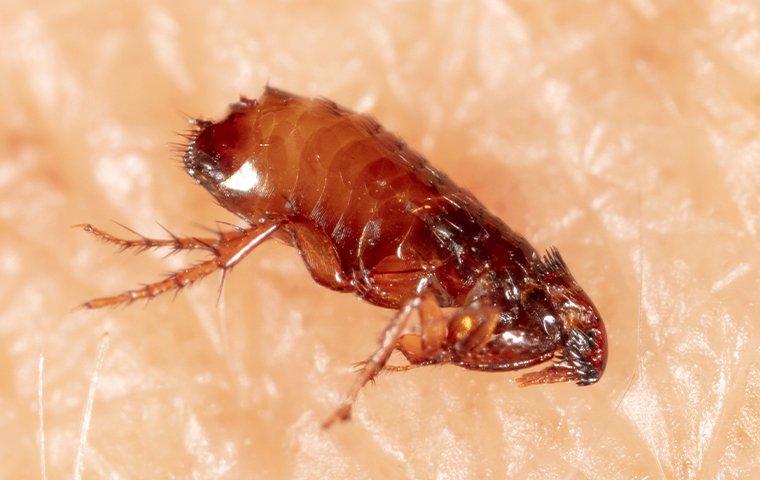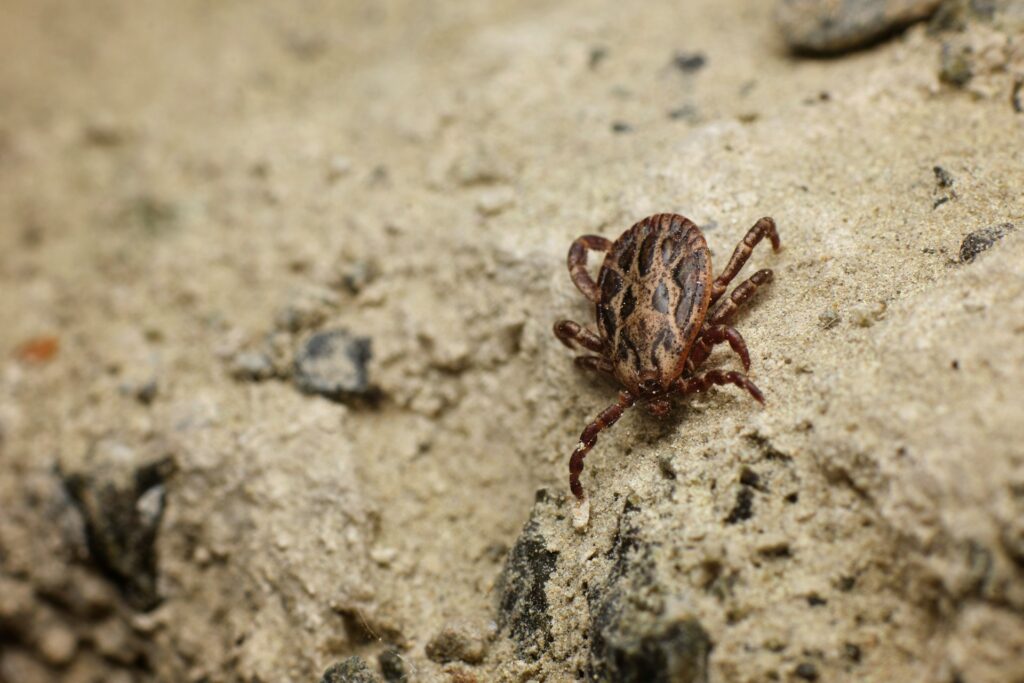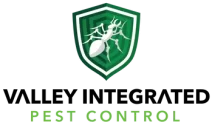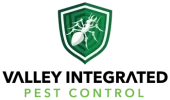Fleas and ticks are more than just pests; they can pose serious health risks to both humans and animals. Understanding the diseases these tiny parasites carry is crucial for safeguarding our health and ensuring effective flea and tick control. In this post, we’ll discuss the most common diseases spread by fleas and ticks and offer tips on how to protect your family and pets from these threats.

Diseases Carried by Fleas
Bubonic Plague
The bubonic plague, also known as the Black Death, is one of the most infamous diseases carried by fleas. Transmitted through flea bites, it caused millions of deaths in the 14th century. Even though it’s rare today, cases still occur worldwide. Symptoms include swollen lymph nodes, fever, chills, and muscle aches. Immediate medical treatment with antibiotics can cure the infection.
Murine Typhus
Murine typhus is a bacterial disease spread by fleas that infest rodents. Humans can contract it through flea bites. The symptoms include fever, headache, rash, and muscle pain. While it’s not usually fatal, prompt antibiotic treatment is essential for recovery.
Cat Scratch Disease
Cat scratch disease is caused by bacteria transmitted by flea bites. When a cat with fleas scratches or bites a person, the bacteria can enter the wound. Symptoms include swollen lymph nodes, fever, and fatigue. Most cases are mild and resolve without severe complications, but some may require antibiotics.

Diseases Carried by Ticks
Lyme Disease
Lyme disease is the most common tick-borne illness in the United States. It’s caused by the bacterium Borrelia burgdorferi and transmitted through the bite of infected black-legged ticks. Initial symptoms include a circular rash, fever, headache, and fatigue. If untreated, Lyme disease can lead to joint pain, heart problems, and neurological issues. Early diagnosis and treatment with antibiotics are crucial.
Rocky Mountain Spotted Fever
Rocky Mountain spotted fever (RMSF) is a serious bacterial infection spread by ticks. Symptoms include fever, rash, headache, and nausea. If not treated promptly with antibiotics, RMSF can become life-threatening, causing damage to organs such as the heart and kidneys.
Anaplasmosis
Anaplasmosis is another tick-borne bacterial disease. It causes flu-like symptoms such as fever, chills, muscle aches, and fatigue. Severe cases may lead to respiratory failure and organ failure if left untreated. Early antibiotic treatment is essential for recovery.
Preventative Measures Against Fleas and Ticks
Regular Pet Grooming
One of the best ways to control fleas and ticks is through regular grooming of pets. Bathing your pets with flea and tick shampoos can help reduce the risk of infestation. Combing pets with fine-toothed flea combs can also remove adult fleas and ticks.
Use of Preventative Treatments
There are various preventative treatments available for flea and tick control, including topical solutions, collars, and oral medications. These treatments can help kill and repel fleas and ticks before they can cause harm. Always consult your veterinarian to choose the right product for your pet.
Home and Yard Maintenance
Indoor Cleaning
Keeping your home clean can significantly reduce the risk of flea and tick infestations. Regularly vacuum carpets, furniture, and pet bedding. Wash pet bedding frequently in hot water to kill any fleas and their eggs. Consider using indoor sprays designed for flea and tick control.
Outdoor Care
Maintaining your yard is also important in controlling fleas and ticks. Mow the lawn regularly and remove leaf litter and tall grasses where ticks may hide. Consider using yard sprays designed for flea and tick control. Creating a barrier with gravel or wood chips between wooded areas and your lawn can also help reduce tick migration into your yard.
Checking and Removing Fleas and Ticks
Regular Checks
After spending time outdoors, check your pets for fleas and ticks. Pay special attention to areas like the neck, ears, and paws. Regular checking can help detect and remove ticks before they can transmit diseases.
Proper Removal
If you find a tick on your pet, remove it promptly using tweezers. Grasp the tick as close to the skin’s surface as possible and pull upward with steady pressure. Avoid twisting or jerking the tick, as this can cause parts to break off and remain in the skin. Clean the bite area with antiseptic after removal.
Say Goodbye to Fleas and Ticks: Protect Your Family and Pets
Fleas and ticks are not just a nuisance; they can carry serious diseases that pose health risks to humans and pets. By understanding these risks and implementing effective flea and tick control measures, you can protect your family and pets from potential harm. Regular grooming, preventative treatments, and maintaining a clean environment are key strategies to keep these pests at bay.
Don’t let fleas and ticks threaten the health and comfort of your household. Take action now with Valley Integrated Pest Control. Our expert team specializes in safe, effective treatments that not only eliminate these pests but also prevent future infestations. Ensure your family and pets are protected by reaching out to us today for a consultation. Let’s work together to keep your home pest-free. Contact Valley Integrated Pest Control now and say goodbye to fleas and ticks for good!






